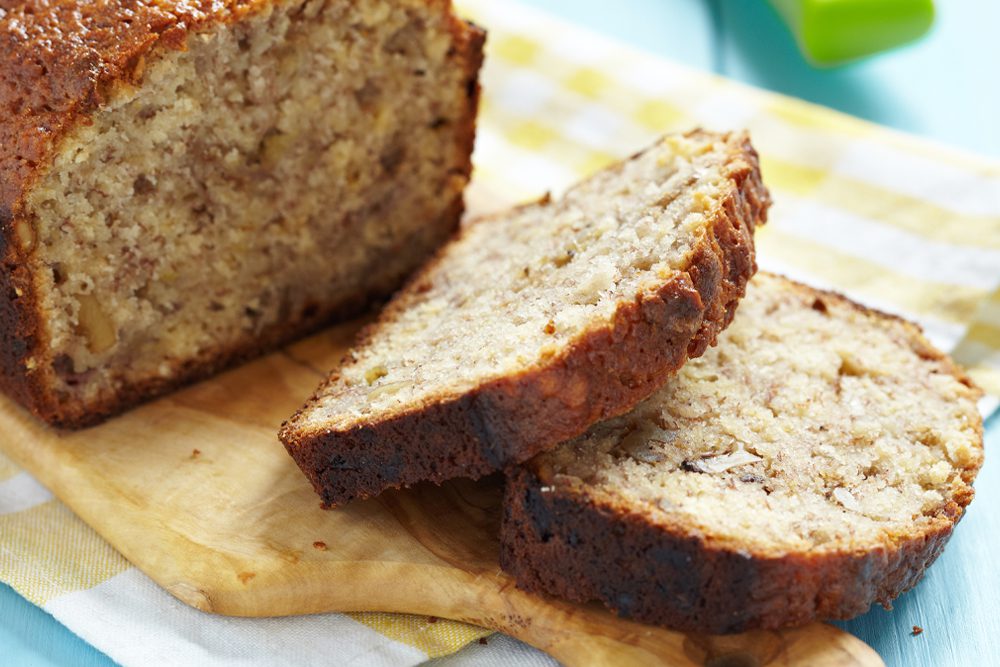Healthy Snack Ideas for Kids
As kids go back to school, a registered dietitian shares tips on healthy ways for kids to snack.

Whether it’s at home, at the playground, or after sports, kids and teens are frequent snackers. Over the past several decades, there has been a substantial increase in snacking among children, and today 93% of children have at least one snack daily and snacks provide about 25% of a child’s daily energy.
“Approach snacks as a way to provide daily nutrients your children might be missing,” says Isabel Reckson, a registered dietitian and certified diabetes care and education specialist at NewYork-Presbyterian/Weill Cornell Medical Center. “I really strive for balance. There’s nothing wrong with having some chips, but offer additional foods with protein, fiber, or vitamins and minerals such as calcium and iron.”
With back-to-school upon us, Health Matters asked Reckson for tips on how to manage snack time for kids.
Grab and Go
Many people try to limit processed foods, but when out and about, packaged snacks become a go-to option. “Packaged snacks are convenient. They fit into our lifestyle,” says Reckson.
When shopping at the grocery store for packaged snacks, Reckson reads the food label and chooses brands with ingredients she can find in her kitchen. “Ingredients are listed in order of what’s most prevalent in the food to least. So if we are looking for a veggie chip option, we’d look for ones that have something likes kale or sweet potato as the first ingredient.”
Ideas:
- Greek yogurt tubes
- Mixed nuts or trail mix
- Dry roasted edamame
- Toasted coconut chips
- Bean-based chips or puffs
- Popcorn
- Energy balls or bites
- Dried or freeze-dried fruit

After School
“I commonly see that kids who skip daytime meals end up having frequent snacks in the afternoon and evening.” says Reckson. “Instead of grazing, I encourage grouping snacks into a sort of mini-meal.”
Reckson recommends some structure for snacking at home – sit down at the table, put food on a plate (instead of eating out of a bag), and limit distractions such as screens. “This helps kids better listen to their bodies and their hunger cues,” says Reckson.
Snack time at home is also an opportunity to expose kids to new foods. “Offer your child a new food alongside a safe food, a food which you know they like,” says Reckson. For example, if they like pretzels, add hummus to a few of the pretzels. “Try not to force or pressure them to eat the new food. Instead, offer new foods routinely in different ways and allow them to explore.”
Another great way to expose kids to new foods is cooking together. Some ideas for healthy homemade snacks include fruit popsicles, yogurt bark, oat bites, roasted chickpeas, banana bread and popcorn. Use cookie cut-outs for fun sandwich shapes, have kids mix chocolate chips into almond flour or oat pancakes, let them choose which fruit to add to smoothies.
Recipe: Whole Wheat Banana Bread
Ingredients
- 1 ¼ cup ripe, mashed bananas
- 1 whole large egg
- ¼ cup applesauce
- ½ cup sugar
- ½ cup brown sugar
- 2 ½ cups whole wheat flour
- 1 tablespoon baking powder
- ½ teaspoon salt
- Non-stick cooking spray
Directions
- Preheat oven to 350 degrees F.
- Grease a loaf pan using non-stick cooking spray.
- In a medium bowl, mix together banana, egg, applesauce, sugar, and brown sugar until well combined.
- In a separate bowl, sift together flour, baking powder, and salt.
- Add dry ingredients into wet, stirring until just combined. Pour batter into loaf pan.
- Bake for 65-75 minutes, until a toothpick comes out clean when inserted into the middle of bread.

After a Practice or Game
When a child is active, they need extra nutrition to replenish energy stores and prevent injury. Include a snack or meal within 30-60 minutes to refuel. Focus on replenishing carbohydrate stores and adding protein to support muscle growth.
Additionally, kids lose fluids and electrolytes during activity. Electrolytes are essential minerals in the body and include sodium, potassium, magnesium and calcium. Bananas, avocados, seeds, yogurt, and nuts are all food sources of electrolytes to include in post activity meals. Drinking water is also essential to prevent dehydration.
If your child is active for multiple hours in a row, they may benefit from an easy to digest snack in the middle of their activity. “Snacks like dried fruit or a fruit bar are easy to digest and provide quick energy” says Reckson “Not to mention, they are easier to pack on the go.”
Ideas:
- Bananas and peanut butter
- Yogurt and fruit
- Avocado toast with hardboiled eggs or sunflower seeds
- Dried fruit and fruit bars
- Trail mix

Additional Resources
For more delicious, healthy recipes from NewYork-Presbyterian’s nutrition experts, visit NYPBeHealthy.

